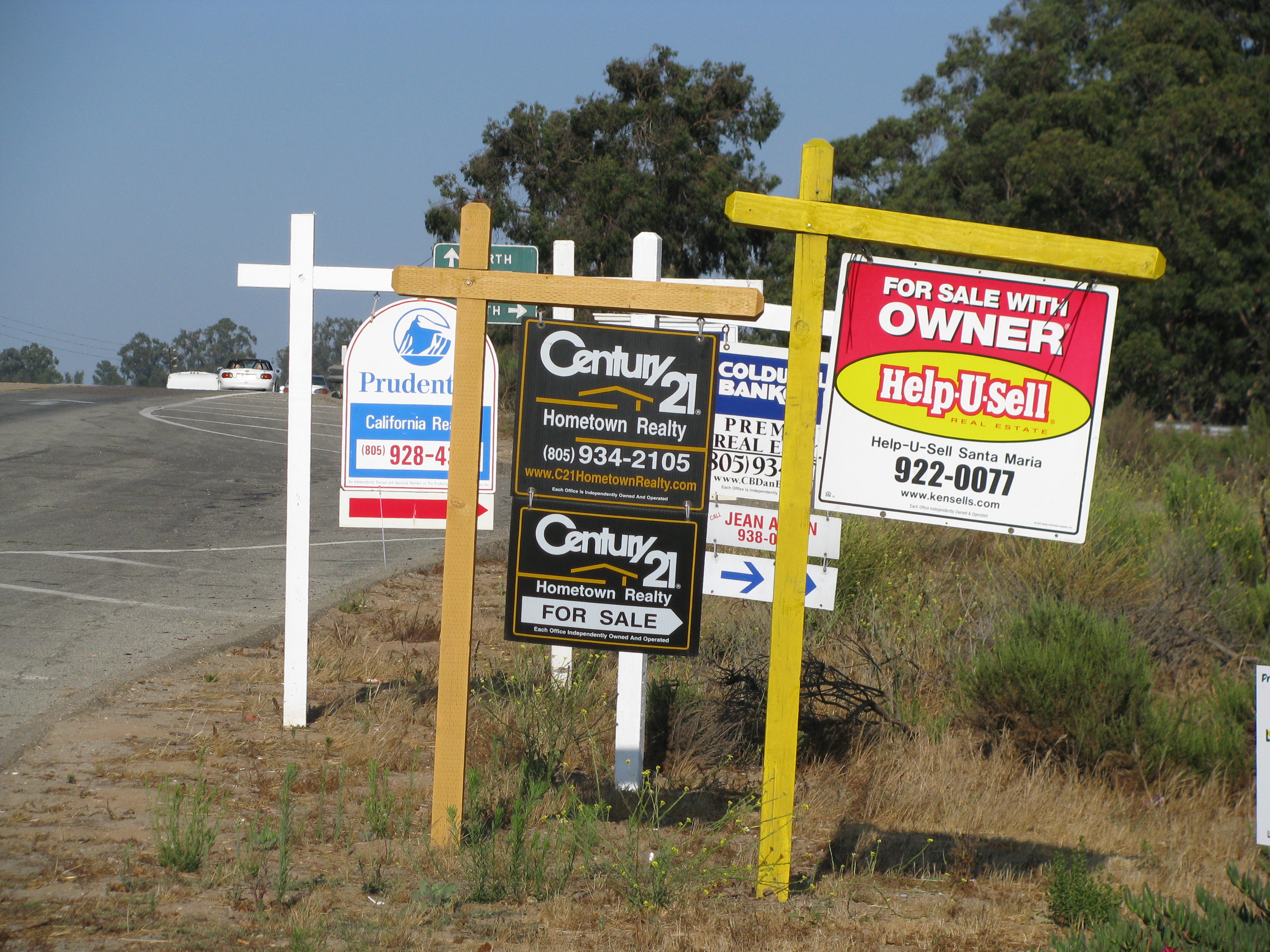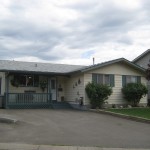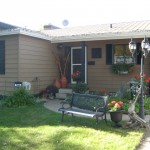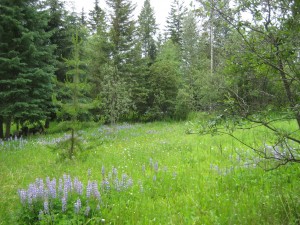Real Estate Prices Up Despite New Rules
This article appeared on the Chronicle Herald on July 16th, 2011.
OTTAWA — Canadian home prices continued to soar above year-ago levels in June but economist believe price hikes could soon ease, spelling relief for buyers in expensive markets.
The Canadian Real Estate Association said Friday the national average price for Canadian home resales was $372,700 in June, up 8.7 per cent from the same month last year, but down 0.9 per cent from May.
In Nova Scotia, the association reports the average price was $216,391 last month. That was up from $212,814 last June. Halifax home resales averaged $269,605 last month, up from $262,992 a year earlier.
Realtors across Canada sold 48,487 resale homes last month, 10.8 per cent more than in June 2010, when sales began to taper off from an earlier hot streak when buyers rushed to beat interest rate hikes. Last June, the Bank of Canada raised interest rates from emergency lows for the first time since the recession.
Last month’s sales activity was also 2.6 per cent higher than in May, bucking a four-month trend of monthly declines.
“Canadian housing demand remains resilient, thanks to low interest rates, job growth, and home buyer confidence in the economy,” association president Gary Morse said in a statement.
June’s double-digit, year-over-year, sales increase was the fastest pace recorded since April 2010, said Bank of Montreal economist Robert Kavcic.
“However, the strong growth figure somewhat masks more moderate recent activity, as sales fell more than 16 per cent between April and June last year amid stricter mortgage rules, making for an easy comparison,” he wrote in a research note.
Despite the year-over-year price hikes, seasonally-adjusted prices have now dipped for three straight months, suggesting the changes to mortgage rules that limited the maximum amortization period “might be having at least a modest impact on pricing,” he said.
Some industry watchers have speculated that prices have now peaked and expect to see declines, especially when interest rates inevitably rise.
“Stricter mortgage rules and declining affordability appear to be taking at least some momentum out of prices, a trend that could continue if the Bank of Canada resumes its tightening campaign in the fall,” Kavcic said.
Sonya Gulati, an economist at TD, said June’s figures suggested a pickup in activity after a “particularly muted” over the past few months, but added that they could be a blip.
“We expect the mini reprieve to be fleeting and in turn, sales gains should be muted for the remainder of the year and into 2012,” she said.
Gulati said she expects prices to decrease by 10 per cent over the next two years, accompanied by a 15 per cent decline in sales.
“The lag between sales and prices usually comes in between two to three quarters. In turn, we anticipate prices to temper early next year,” she said.
Sales picked up in a majority of the country’s cities, with two notable exception — the pricey and once overheated markets of Vancouver, down 1.7 per cent and Toronto, 0.4 per cent lower.
In Toronto, average seasonally adjusted home prices fell 1.1 per cent, but are still up nearly 10 per cent year-over-year. The market remains one of the most competitive in Canada as demand so far this year has far outweighed the number of listings, contributing to higher prices.
In Vancouver, average prices are about 23 per cent higher than they were last year, but the average is being skewed higher by a flurry of activity at the high end of the market. Sales in expensive West Vancouver and Richmond have eased since February, which helped to reduce the impact on average prices, the association noted.
That area has recently been a hotbed of housing activity, and high end sales helped drive June average home prices in Greater Vancouver to $630,921.
However, the national figures in June showed less of an impact from the sales of high-priced homes in Vancouver, although that city continued to skew the national results, the association said.
About 60 per cent of local housing markets in Canada were balanced in June, meaning the number of sales and new listings were about the same. However, new listings increased just marginally, by 1.8 per cent in June from May.
Calgary, Montreal, Ottawa, Hamilton, London, Ont., and Victoria all saw gains over May.
Nevertheless, national sales activity in the second quarter (April, May and June) was down 4.5 per cent compared with the first quarter of 2011.

 Like so many industries following the 2008 economic meltdown and ensuing recession, steady may not be so bad.
Like so many industries following the 2008 economic meltdown and ensuing recession, steady may not be so bad.

 Beautiful 0.45 acre flat cleared lot with large pine at rear of lot. Very close to Knouff Lake with lake views. Excellent building site. Roads are maintained year round, close to Sun Peaks and Kamloops. Great lake for the whole family. Some boat restrictions.
Beautiful 0.45 acre flat cleared lot with large pine at rear of lot. Very close to Knouff Lake with lake views. Excellent building site. Roads are maintained year round, close to Sun Peaks and Kamloops. Great lake for the whole family. Some boat restrictions.